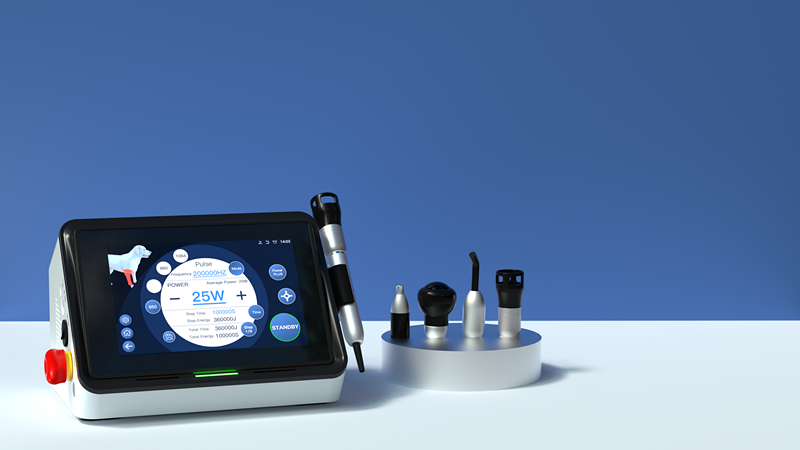Clinical Use of Diode Laser in Small Animal Surgery-Cats
How long does the cat laser treatment take?
The time required for laser treatment depends on the specific condition and severity of the cat. We laser the incision after surgery to help relieve pain and stimulate the healing process, and these treatments are usually one-time treatments. During the treatment, the technician or doctor will place the laser rod directly above the affected area for 3 to 10 minutes, and the veterinarian can adjust the duration of the laser treatment, light out intensity, and light out mode according to the condition and response. Other disposable laser treatment conditions may be applicable to wound care for ulcers or infections. However, some chronic diseases, such as arthritis, may require continuous treatment, and if the cats respond well to the laser, the pain can be controlled by monthly treatment.
What types of diseases can cat laser therapy be used to treat?
Cine laser therapy can be used to treat a variety of diseases, including:
Muscle, ligament, and tendon injuries
Post-surgery and soft-tissue trauma
backache
Acute and chronic ear infections
Gingivitis and postoperative tooth extraction
Ulcer, and open wounds
arthritis
degenerative joint disease
neuromuscular disorder
...
Is laser treatment for cats painful or uncomfortable?
Laser treatment in cats is completely painless and very comfortable. When using the laser, your cat may feel mild and soothing warmth, tingling, or nothing at all. For many cats, laser therapy is very relaxed. As pain or inflammation areas become more comfortable, any anxiety and tension your cat may experience will dissipate quickly. Sometimes, some cats actually fall asleep during the treatment period.
Does laser treatment in cats have any side effects?
Laser therapy in cats has no known side effects and is considered both safe and effective throughout the veterinary industry.
